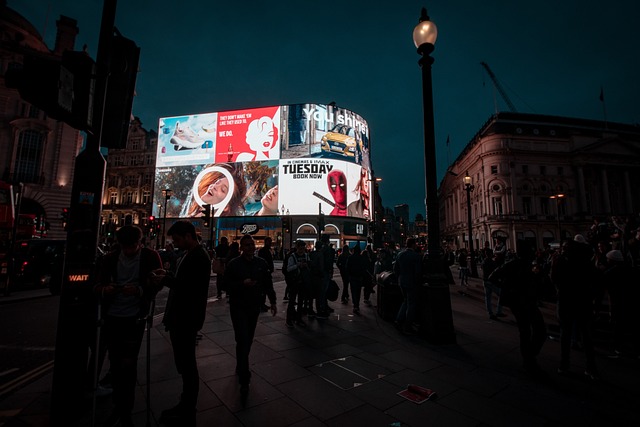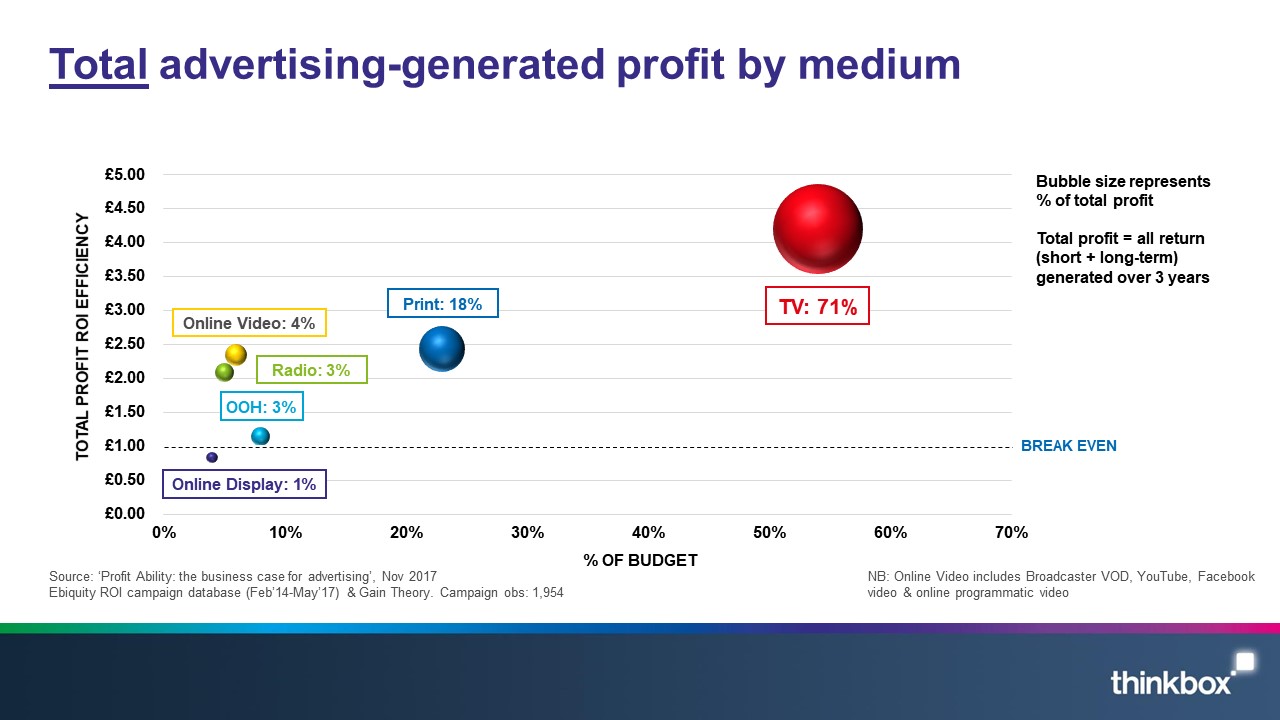
Some of the most memorable television ads ever made are 80's. They embrace the edgier themes and bright colors of the decade, but at the same time, they are still relatively wholesome and innocent. This is likely because the ads were aired in the decade prior to the advent of the internet.
During this era, there was a lot of world events taking place, including the end of the Cold War, which led to many changes in American society. There was also the Women's Rights Movement and a strong emphasis on women in the workplace.
There were also plenty of new products hitting the market during the 1980s, such as the Nintendo Game Boy. This system allowed children to experience a completely new way of playing videogames. It was the height in coolness in the 1980s and the TV ads helped to sell it to children all over the world.
Pepsi's Michael Jackson ad was one of the most well-known and popular advertisements of the 1980s. The commercial began with children dancing to Jackson's music. Soon, the King of Pop joined them and showed off his dancing moves.

This commercial is an absolute must-see if you love retro music. It features the song "Mr Soft", by Steve Harley & Cockney Rebel. The commercial is very funny.
The company even made a DVD from the ad. This made it possible for people to re-watch it over and over again.
It was a very effective marketing tactic. It's an unforgettable ad from the 1980s that is sure to get you singing the song and reminiscing about your childhood.
During the 1980s, fast food restaurants became increasingly popular, as people were always on the go and wanted quick and tasty meals. This was when McDonald's and Burger King were established as the leading fast-food restaurants in the United States.
Because of this, their advertisements were highly well-known. The "Where's beef?" tagline became an instant hit. tagline went viral, which eventually led to Wendy's becoming the largest fast food chain in the US.

Another popular ad from the 80s was a Milky Way commercial that had a cheesy song that would catch on in your head for days. It was unfortunately only around for ten more years. But it's well worth the effort.
In the 1980s, there were so many changes in technology that changed how we view the world. The television saw viewers spend a significant amount of their time watching it. Although TV advertising was much more costly than it is today, companies were willing and able to spend their money on memorable ads that made people talk about them.
FAQ
What is an ad campaign?
Advertising campaigns are a series or advertisements that promote a product. This could also include the entire production of these ads.
The term "ad" comes from the Latin word for "to sell." The first known use was by Marcus Terentius Varro (116-27 BC), who used it as a verb meaning "to make a sale."
Large companies or agencies usually do advertising campaigns. There may be many media types involved, including print and television as well as radio, TV, and internet.
Advertising campaigns last several months and are usually focused on specific goals. Campaigns can be targeted at increasing awareness or sales, for example.
What should you know about radio advertising
Understanding the interactions between different media is essential. Remember that all media types are complementary, not competing.
Radio advertising is best when used in conjunction with television. It complements TV by reinforcing key messages and providing additional information.
Radio listeners are often not able to handle long TV commercials. Radio ads are generally shorter and less expensive.
Is there a way for me to get free traffic?
The traffic that is free comes from organic search results and does not require you to pay for ads. This is also known as organic or natural traffic. There are many ways to get free traffic, such as article marketing, social media marketing, blogging, etc.
Article Marketing is an excellent way to generate free traffic. Paid ads have a higher CPC, but the CPC is typically much lower than paid ads. Article marketing is also referred to as content marketing.
Social Media Marketing- You can promote your business using social media sites like Facebook and Twitter. These platforms are great for sharing updates, sharing photos, and building relationships with potential clients. Many businesses pay to advertise on social media sites because they want to reach more people at a cheaper price.
Blogging – Another way to generate traffic for free is to blog. Quality content that is enjoyable to read will attract people. Once your blog is attracting visitors, it's possible to make money from it by selling products and/or services.
Email Marketing – Email marketing has been around ever since the dawn of the Internet. However, it remains one of your best methods to drive traffic to you website. Email marketing is an effective strategy to grow your subscribers and eventually sell things.
What should you know about TV advertising?
Television advertising is a very effective medium to reach many people at once. It was also extremely expensive. It can still be very powerful if used correctly.
There are many different types of TV ads, but they all have certain common characteristics. It is important to make sure that your TV ad fits into the appropriate category. Don't confuse a lifestyle ad with a product advertisement if you are running a commercial. Your message should stay consistent throughout the campaign.
It is important to remember that ads are best aired during prime-time. This is because many viewers are able to relax in front of the TV while watching. They should be able to concentrate on what you are saying.
Finally, just because you've a lot of money doesn't mean you'll get great results. However, this may not be true. The University of California conducted a study that found commercials shown on popular programs were less likely than those on non-popular programs to sell products. So, if you spend a lot of money on TV advertising, ensure you do it right.
How much does it cost for social media advertising?
You should be aware that social media advertising costs money. You will be charged monthly for your time spent on each platform.
Facebook - $0.10 per 1,000 impressions
Twitter - $0.20 per 1,000 impressions (if you tweet)
Send out invitations on Linkedin for $0.30 per 1000 impressions
Instagram - $0.50/1000 impressions
Snapchat - $0.60 for 1,000 impressions ($0.40 Per User)
YouTube - $0.25 per 1,000 views
Tumblr: $0.15 per 1,000 impressions of text posts
Pinterest - $0.05 per 1,000 impressions per month
Google + - $0.15-$0.20 per 1 million impressions
Tumblr: $0.15-$.20 per 100,000 impressions
Vimeo - $0.20 - $0.25 for 10,000 impressions
Soundcloud – $0.20-$0.25 for 1 million plays
StumbleUpon - $0.20 -$0.25 per 1 billion pageviews
Digg – $0.20 - 0.25 per 1000 diggs
Reddit: $0.20-$0.25 for 1000 comments
Wordpress - $0.20 to-$0.25 for 500 comments
Flickr - $0.20 -- $0.25 per 5,000 photo uploads
Advertising: What does it mean?
Advertising is an art. Advertising is not about selling products. It's about creating emotional connections between people and brands.
Advertising is about sharing stories and using images for ideas.
You must communicate clearly and persuasively. It is important to share a story that appeals to your target audience.
Advertising is therefore different from other forms such as presentations, writing, and public speaking.
You are building a brand identity when you run a successful advertising campaign.
This is how you are memorable. You will be remembered by others.
What is an advertising buyer?
Advertising space is purchased by an advertiser on TV, radio and printed media.
Advertisers pay only for the time their message is to appear.
They are not necessarily looking for the best ad but rather what is most effective at reaching their target market.
The advertiser may have specific demographic information about their potential customers, such as age, gender, income level, marital status, occupation, hobbies, interests, etc.
This information can be used by advertisers to decide which media works best for them. An example is direct mail that appeals to older people.
Advertisers also look at the competition. If there are similar businesses nearby, they might choose to place their ads near those competitors.
Advertisers should also consider how much money they have available and how long it takes to use it.
Statistics
- Google will display whichever ad type (CPM or CPC) is expected to earn more revenue for the publisher, which is in Google's best interest since they take a 32% share of the revenue. (quicksprout.com)
- This means that at least 50% of an ad needs to be shown on the screen for at least one second. (quicksprout.com)
- Advertising spending as a share of GDP was about 2.9 percent. (en.wikipedia.org)
- Advertising's projected distribution for 2017 was 40.4% on TV, 33.3% on digital, 9% on newspapers, 6.9% on magazines, 5.8% outdoor, and 4.3% on radio. (en.wikipedia.org)
External Links
How To
How do I advertise on Google?
AdWords can be used by businesses to advertise using keywords that they are interested in. First, you need to set up an account. You select a campaign name, set the budget, choose the ad type (text, image, video), and add keywords. Next, you will bid for those keywords. When someone clicks one of the ads you place, they pay only if that click comes from someone who searched with one of your targeted keywords. You can get paid even though people don’t buy any products.
Google has many tools available to make sure your ads are effective. These tools include Ads Preferences Manager and Keyword Planner. These allow you to see what works best for your business.
A keyword planner allows you to determine the best keywords to use in your campaigns. It can help you decide whether or no to spend money on certain keywords.
Ads Preferences Manager can be used to adjust settings such as the maximum impressions per hour and the minimum price per click.
Analytics allows you to monitor the performance and compare your ads to other competitors. Reports can be viewed that compare your ads to others.